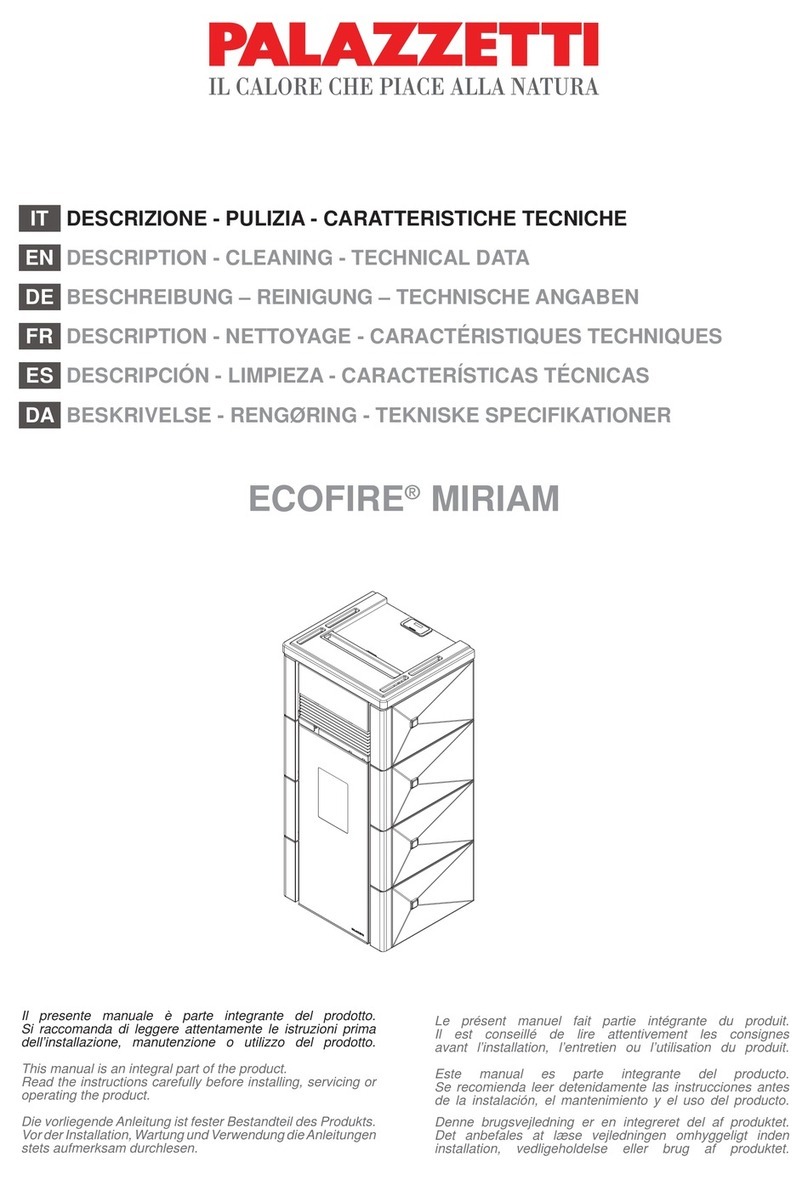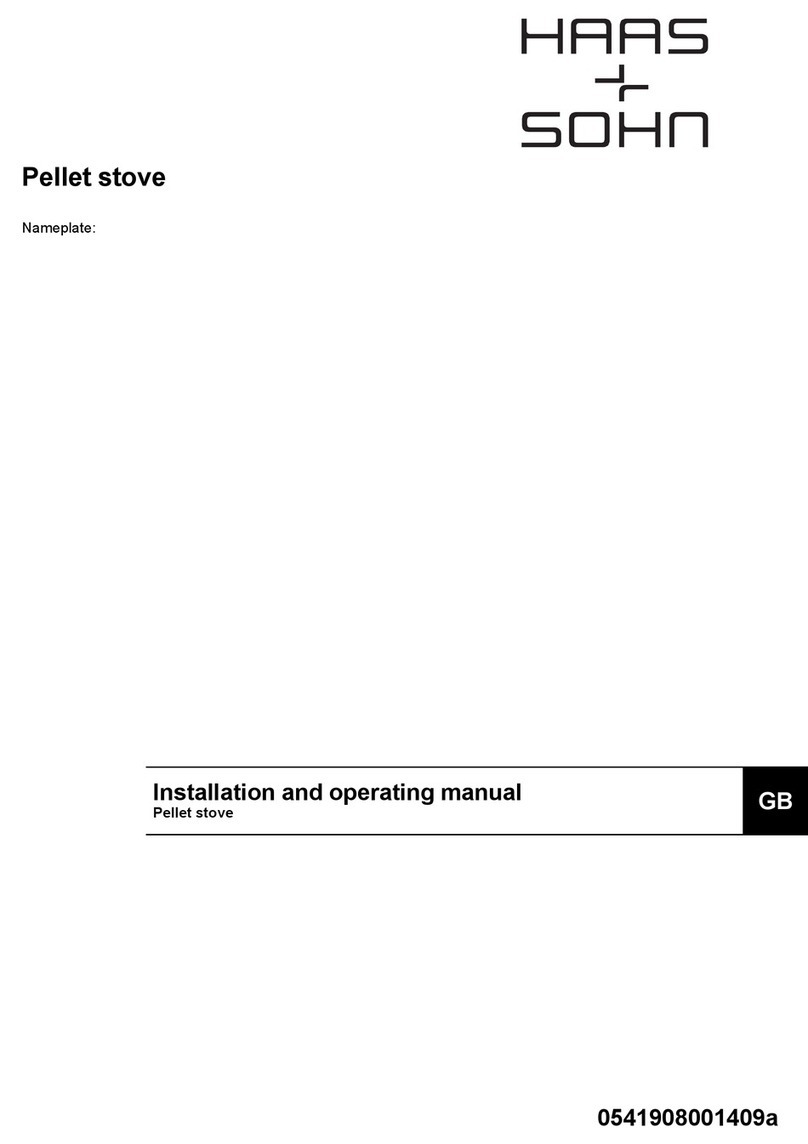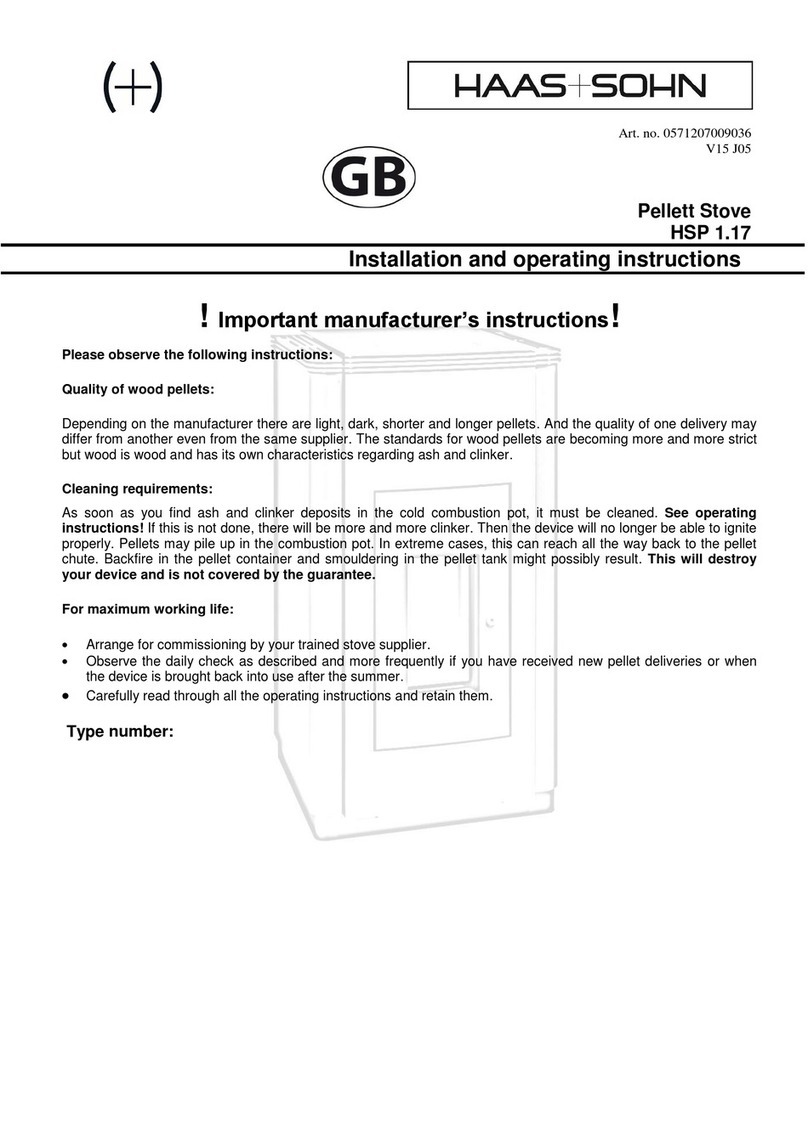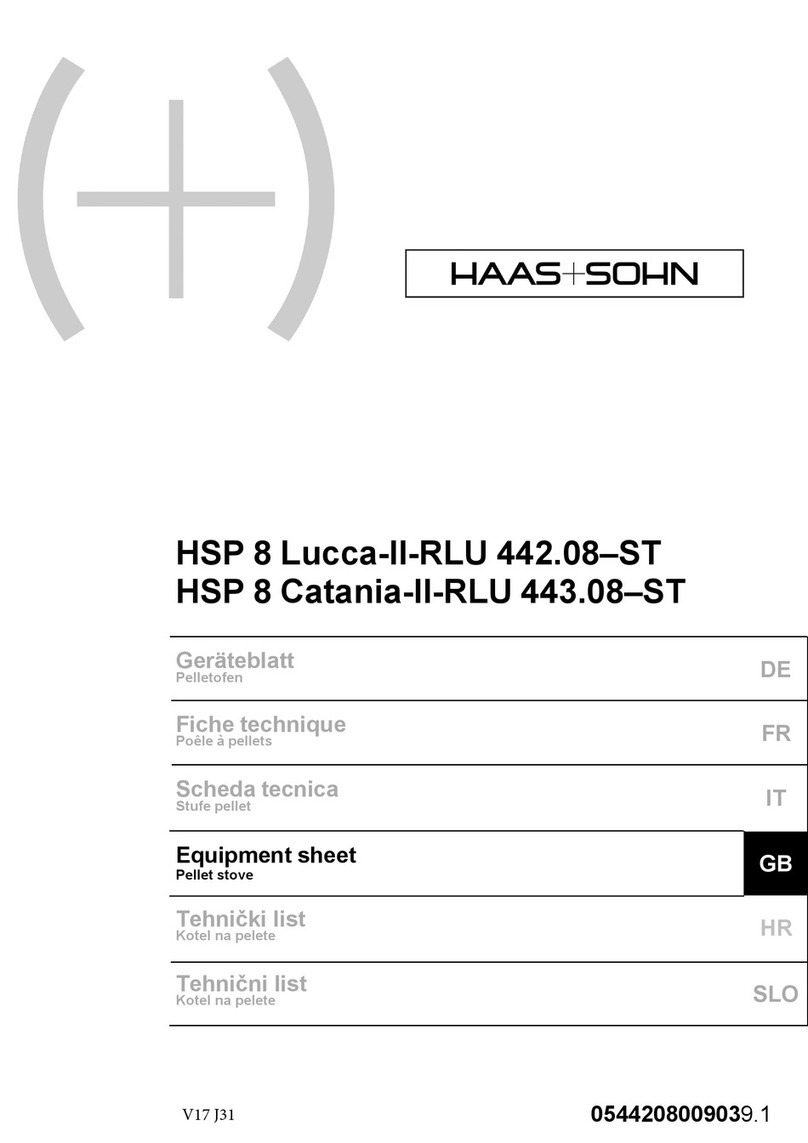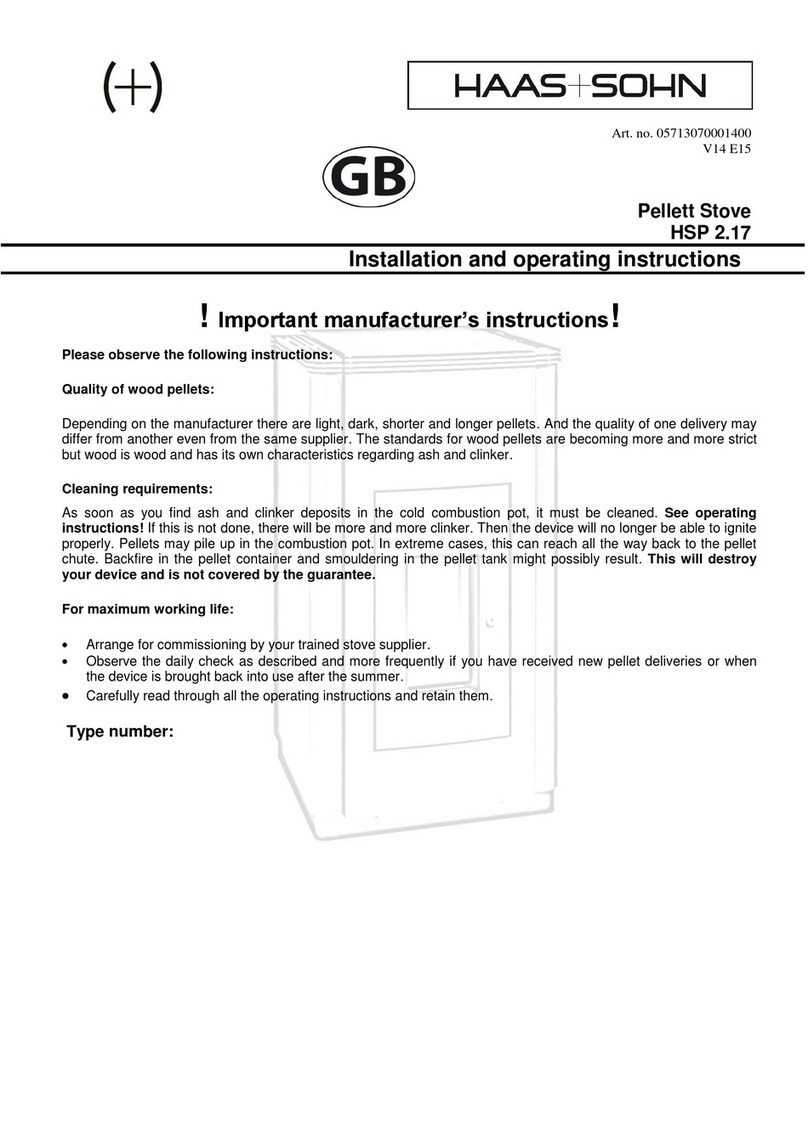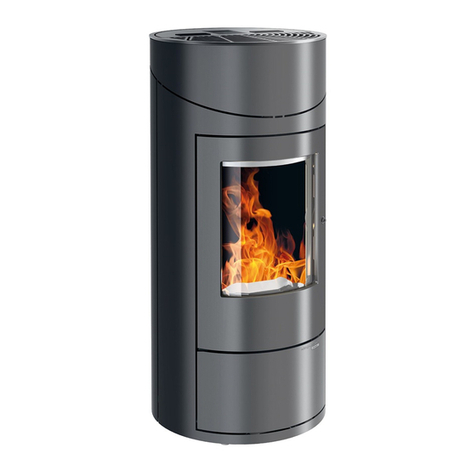
Contents
GB
Contents
1. General information ................................................................................................................... 1
2. General safety information....................................................................................................... 1
3. Electrical connection ................................................................................................................. 2
4. Chimney ........................................................................................................................................ 2
4.1. Weather conditions.................................................................................................................... 3
4.2. Chimney flue draft at rated heat output of the stove............................................................. 3
4.3. Connection to the chimney....................................................................................................... 3
4.3.1. Multiple use ............................................................................................................................. 3
4.3.2. Connection to the existing chimney (example) .................................................................. 3
5. Installation .................................................................................................................................... 4
5.1. Minimum gaps to flammable components ............................................................................. 5
5.2. Combustion air supply............................................................................................................... 5
5.3. Operation of the stove depending on the air from the room:............................................... 6
5.3.1. Operation of the stove independent of the air from the room (RLU):.............................. 6
5.4. Outside air connection .............................................................................................................. 6
5.4.1. Outside air connection (RLU) ............................................................................................... 7
5.5. Convection air distribution – Double Air ................................................................................. 7
5.6. Room temperature sensor........................................................................................................ 8
6. Operator console functions ..................................................................................................... 9
6.1. Symbols on the display ............................................................................................................. 9
7. Operating the pellet stov........................................................................................................... 9
7.1. Suitable fuels .............................................................................................................................. 9
7.2. Unsuitable fuels.......................................................................................................................... 9
7.3. Using for the first time ............................................................................................................... 9
7.3.1. General: ................................................................................................................................... 9
7.3.2. Operating console: ............................................................................................................... 10
8. Additional operator console functions ............................................................................... 12
8.1. Backlighting .............................................................................................................................. 12
8.2. Energy saving mode - Actual room temperature display ................................................... 13
8.3. Button lock (child safety device) ............................................................................................ 13
9. Functions in the main menu................................................................................................... 13
9.1. Main menu – Select functions ................................................................................................ 13
9.1.1. Manual operating mode....................................................................................................... 14
9.1.2. Automatic operating mode .................................................................................................. 15
9.1.3. Operating mode Weekly program ...................................................................................... 15
9.1.4. Heating curve ........................................................................................................................ 17
9.1.5. ECO Mode............................................................................................................................. 17
9.1.6. Maintenance.......................................................................................................................... 17
9.1.7. Power stage blower.............................................................................................................. 18
9.1.8. Date / Time ............................................................................................................................ 18
9.1.9. Display ................................................................................................................................... 18
9.1.10. Network................................................................................................................................ 18
9.1.11. Error Log .............................................................................................................................. 20
9.1.12. Manual filling (for HSP 4.0-F2 only)................................................................................. 20
9.1.13. Info Software ....................................................................................................................... 21
9.1.14. Language............................................................................................................................. 21
10. Mobile application - general safety instructions ............................................................ 21
10.1. Installation of mobile application ......................................................................................... 21
10.2. Range of functions................................................................................................................. 22
10.3. Function description - Network modes ............................................................................... 22
11. Oper. modes ............................................................................................................................. 23
